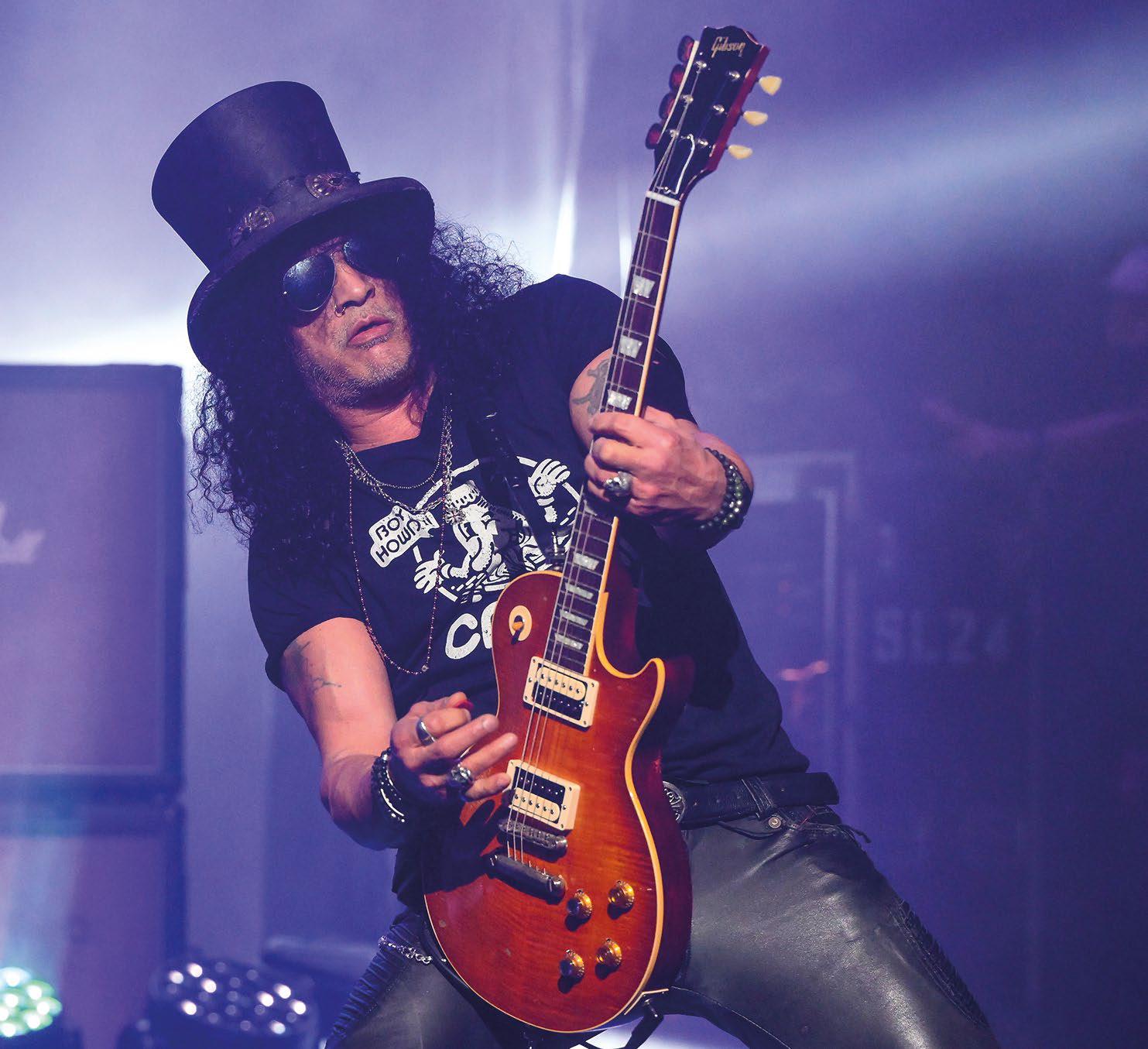Ear training is like giving your musical ear a workout. It’s all about sharpening your ability to identify notes, intervals, chords, rhythms—basically everything you hear in music. Think of it as tuning your ears to become finely-tuned musical instruments themselves.
Why spend time honing this skill, you ask? Well, solid ear training is key to everything from playing by ear to composing killer tunes on the fly. It’s not just for those classical pianists or jazz improvisers; every musician, whether you’re strumming a guitar in a rock band or tapping beats as a DJ, benefits from having an excellent ear.
An improved ear can even transform how you perceive music. Suddenly, you aren’t just hearing songs—you start to recognize the patterns, the rise and fall of melodies, and the intricate dance of harmonies. It’s like transitioning from black-and-white to full technicolor vision in the musical realm.
Ear training isn’t tailored for one genre. Whether you’re into pop, classical, or hip-hop, boosting your ear can profoundly affect how you perform or create music within that style. A well-tuned ear can make those rehearsals more productive and performances more nuanced, letting your unique musical voice shine through.
Don’t think ear training is just for the pros. Beginners and hobbyists stand to gain a bunch too. Imagine jamming seamlessly with friends or picking up your favorite tunes without needing the sheet music. Ear training is for anyone who wants to connect more deeply with music and take their skills to a new level.
Mastering Scale Patterns: A Step-by-Step Approach
Scale patterns form the backbone of so much music we love. They’re sequences of notes that form the foundation for all kinds of melodies and solos. Learning these patterns isn’t just an academic exercise—it’s a hands-on way to deepen your musical understanding and ear training skills.
Start by getting cozy with the basics: major and minor scales. If you’re a guitarist, these patterns are the bread and butter for riff-building. For pianists, they’re those shapes your fingers naturally reach for when exploring new melodies. Understanding these scales in and out is like giving yourself a head start on countless musical pieces.
The next step involves recognizing and replicating these patterns by ear. You hear a simple folky tune, and suddenly you realize it’s riding on a major scale. Or a moody jazz number that’s dipped in the mysterious allure of a minor scale. Training your ears to pick up and duplicate these patterns with ease is a game-changer—and you might find yourself impressing others with your musical mimicry.
Creating a practice routine centered around a hierarchy of scales can boost your progress. Start slow with one-octave major scales before moving to two-octave minors. Slowly scale up in complexity. The idea is gradual mastery and building upon what you know, kind of like walking before you run.
Getting the hang of scale patterns can open up a world of creative possibilities. Improvising, composing, or playing simply become much easier when your fingers instinctively know where to go, and your ears confirm those choices in real-time. It’s one step closer to becoming a truly well-rounded musician.
Unlocking Musical Creativity: Enhancing Musicality with Ear Training
Once you start nailing those scale patterns, a fun thing happens—you’ll notice your improvisational skills getting a nice boost. Think of it as having your own bag of tricks, ready to pull out during jam sessions or when creating fresh melodies. When you can hear a tune in your head and play it without hesitation, that’s where the magic really starts kicking in.
Ear training also links up beautifully with emotional expression in music. By being familiar with various scales and how they sound, you can better understand how to convey different emotions through your instrument, whether it’s the joyous brightness of a major scale or the heart-tugging pull of a minor.
There’s this wonderful connection between ear training and songwriting, too. Musicians who work on their ears are better equipped to break down songs into their core components, analyze them, and then create something new. It’s like having a well-developed musical vocabulary that helps you craft your unique voice.
Famous musicians who have prioritized ear training can serve as inspiration. Many iconic artists talk about how their ability to really listen transformed their work. Jazz legends, rock icons, even pop stars—they all emphasize the importance of having a finely tuned ear.
Enhancing your ear training isn’t just about being pitch-perfect but exploring, playing, and expressing music in a way that’s authentically yours. It’s about creativity, connection, and deeply understanding the music you love.
Practical Tools and Tips: Maximizing Your Ear Training Journey
There’s a ton of cool apps and tools out there to help level up your ear training game. Apps like EarMaster and Tenuto offer exercises to sharpen your sense for intervals, scales, and chords—all while on-the-go. These tools mean you can practice whenever and wherever, fitting musical enhancement into your daily routine.
Specific exercises and drills can help you advance quickly. Try singing or playing intervals from memory, or move on to identifying them within your favorite songs. Once your ear gets used to these basics, everything else comes much more naturally.
Challenges in ear training are totally normal. Maybe you’re struggling with a specific scale or interval. Don’t worry—patience and regular practice are key. Breaking down problems into smaller, manageable chunks can make them less daunting.
Inspiring success stories from fellow musicians can be super motivating. Many have struggled just like you, only to come out the other side with finely-tuned ears that opened new musical doors. Whether it’s crafting better compositions or jamming confidently with others, solid ear training truly transforms how you experience and create music.
